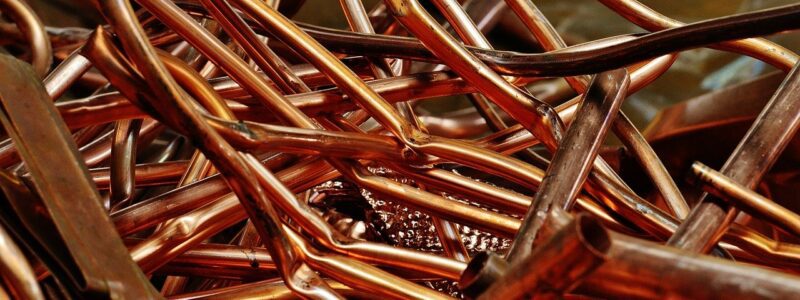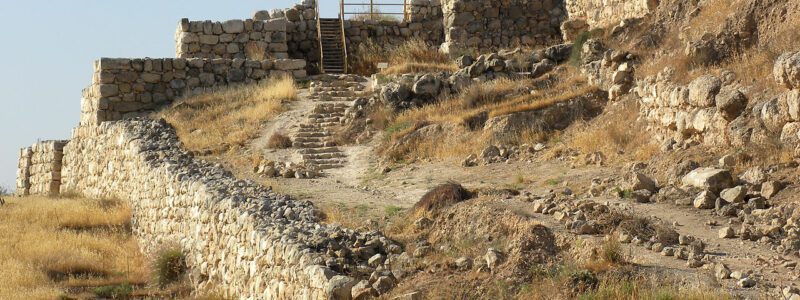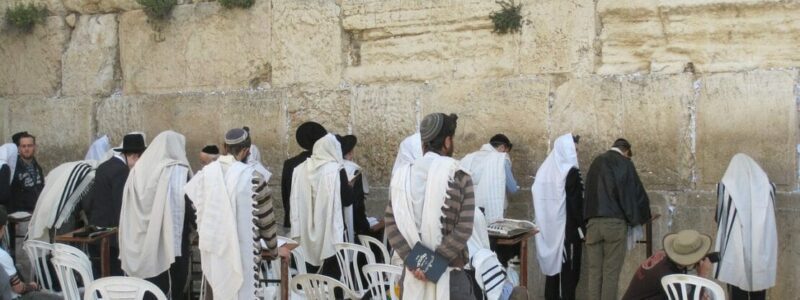The Pool of Siloam
The Pool of Siloam was a tremendous archaeological finding because of its association with Scripture. It was at that pool that Christ cured the blind man (John 9:1-11).
The pool has been associated throughout history as being associated with Hezekiah’s Tunnel. The tunnel traditionally was built by King Hezekiah (739 – 686 BC), the thirteenth King of Judah. Hezekiah witnessed the destruction of the Northern Kingdom of Israel in 722 BC when he was a child.
The destruction of much of the Jewish nation (leaving only two tribes of Judah and Benjamin) left a lasting impression on the young child. He witnessed the suffering, death, and destruction associated with the ruthless Assyrians who either killed the civilians he conquered or led them into slavery in Assyria.
King Hezekiah Builds a Tunnel
When Hezekiah became king, he initiated sweeping religious reforms including a prohibition on venerating other deities and idols. The Prophets Isaiah and Micah living during his reign.
According to tradition, Hezekiah became very concerned about whether such an event might transpire against what was left of the Jewish nation. He recognized that while Jerusalem’s walls seem impregnable, they could be starved out of the city and forced to surrender.
Hezekiah prepared for an eventual siege by fortifying the walls of Jerusalem, building defensive towers, and constructed a tunnel (Hezekiah’s Tunnel) to bring fresh water from the Gibon spring outside Jerusalem’s walls. This freshwater would then accumulate in a pool which was referred to as the Pool of Siloam.
Sennacherib’s Army
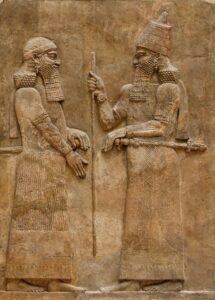
Sargon II
History records Sargon II was killed in battle in 702 BC and was succeeded by his son, Sennacherib. Sennacherib was likely the eldest son of Sargon when he assumed control of the country. He immediately starts military campaigns to quell unrest in his lands requiring large tributes of gold and silver; refusal to comply was usually met with destruction.
Scripture records Sennacherib invaded the land of Judah and was clearly interested in conquering Jerusalem for the gold and artifacts it contained. Hezekiah is recorded as not going to Egypt for support against the Assyrian army, but rather relied on God and prayed to him for the deliverance of his people. (2 Kings 18:19-22, Isaiah 31:1-3).
The Assyrians recorded that Sennacherib lifted his initial siege of Jerusalem when he was paid tribute. Scripture records Hezekiah paid him three hundred talents of silver and thirty talents of gold (approximately 66.6 pounds – about $1.5 million per talent of gold in today’s valuations).
But Sennacherib apparently went against his word and invaded the kingdom anyway. He sent his messenger to the city wall of Jerusalem to announce in Hebrew to the terrified citizens of Jerusalem that their God had either abandoned them or was powerless to stop the Assyrians and that they could spare their lives if they surrendered.
The Defeat of Sennacherib’s Army
The defeat of Sennacherib’s army is one of the most remarkable stories in Scripture. Sennacherib possessed the strongest army in the world at that time and was facing a
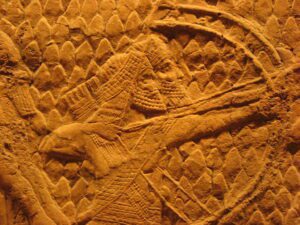
Assyrian Archers
walled city that he most certainly should have been able to conquer over time.
According to the Bible, Sennacherib sent multiple threatening letters to Hezekiah threatening that he was going to take the Judean Capital (Isaiah 37:9-20). But the Bible (and secular history) accounts that no such battle occurred. The Assyrians did not even “shoot an arrow there … not cast up a siege rampart against it.”
Rather, Scriptures reports a miracle whereby God sent an angel who in one night struck down his army sending Sennacherib back “with shame of face to his own land”.
Of course in the traditions of defeated ancient kings, Sennacherib made no mention of the disaster suffered by his army.
Professor Jack Finegan noted,
in view of the general note of boasting which pervades the instructions of the Assyrian kings … it is hardly to be expected that Sennacherib would record such a defeat.”
The Cambridge Bible for Schools and Colleges refers to an Egyptian tradition according to which Sennacherib had already Pelusium in Egypt when in a single night his army was rendered helpless by a plague of field-mice which gnawed the bows of the soldiers and the thongs of their shields.
Sennacherib’s version of the battle is recorded in the Sennacherib Prism in the University of Chicago Oriental Institute which says,
As to Hezekiah, the Jew, he did not submit to my yoke … Hezekiah himself … did send me, later, to Nineveh, my lordly city, together with 30 talents of gold, 800 talents of silver ….
This rendition confirms the Biblical story that Sennacherib did not capture Jerusalem.
Fate of the Original Siloam Tunnel and Pool
There naturally was great jubilation when the City of Jerusalem was spared certain destruction as Sennacherib retreated back to Assyria.
Scripture records their victory was relatively short-lived and the Judean capital of Jerusalem was eventually captured by Babylon with tragic consequences. The city was totally destroyed, the walls were torn down, countless thousands were killed and most of the rest taken as slaves back to Babylon.It was during the devastation wrought by the Babylonian against the city of Jerusalem that the Siloam tunnel and pool were destroyed.
The Second Siloam Pool
The second pool was built at the end of the remnants of the Siloam tunnel by the Romans. It was a large, beautiful structure which like its ancestor was destroyed by an invading army – this time, the Romans in 70 AD.
The general location as to where the second pool should be located was well-established. There was even a much later pool built nearby associated with a Byzantine Church – but this was too small to have been associated with the original.
As with most major archaeological discoveries in the Holy Land, this time the pool was accidentally discovered through construction. A sewer line was being laid when ancient steps were uncovered in the area where the pool was thought to be located.
Further excavations demonstrated the pool was 225 feet wide with steps on at least three sides of the pool. A position of the pool remains unexplored as it is under an orchard known as the King’s Garden.
Interestingly, the pool is not rectangular as most ancient and modern pools; rather, it is trapezoidal in structure. Interestingly, coins have been found embedded within the structure of the pool from the reign of Alexander Jannaeus providing an approximate date of the pool’s construction during the first century BC.
After the pool’s destruction by the Romans in 70 AD, the pool was gradually filled in by silt from the surrounding hills and eventually totally hidden from view and forgotten.
Summary
Archaeology has once again verified the narrative of Scripture. The last century has witnessed a remarkable confirmation of Biblical history which was often considered to be in error or mythological by secular scholars.
But this discovery is remarkable for several reasons.
First, it establishes the presence of a large Roman pool that was central to the healing of a blind man by Christ,
It also establishes the historicity of an earlier pool associated with Hezekiah and an invasion of the land by an Assyrian King who remarkably came right up to the city gates – but then went back to Assyria never to both Jerusalem again.
The story of Hezekiah’s escape from disaster is in large measure substantiated by secular extra-Biblical records including the Sennacherib Prism.
Further archaeological discoveries likely will follow the same pattern of providing historical verification of the Biblical story.

